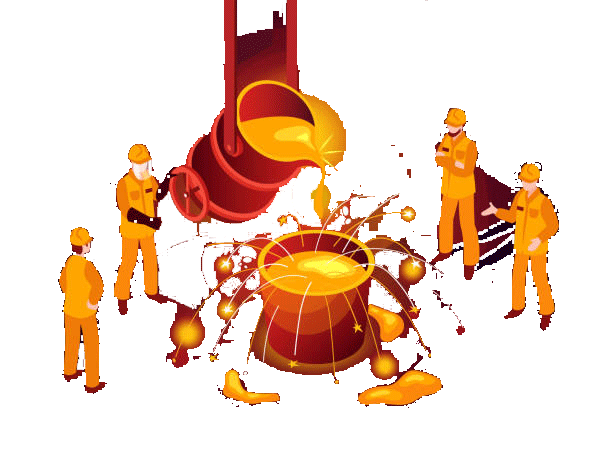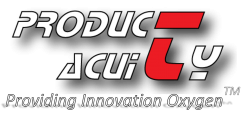Leadership Styles
The Innovation Capability Assessment evaluates the presence of different innovation leadership styles according to the framework defined by Loewe, Williamson, & Wood (2001). In this framework, the choice of innovation leadership style depends on where the firm thinks opportunities lie. While many successful companies practice several styles, each style represents an internally consistent approach to innovating that mobilizes a wide variety of people and involves a coordinated package of management techniques that nurture it. The levers management can utilize to differ dramatically depending on which style is being practiced. Levers that are perfect for one may actually block another. Thus, companies that utilize several styles must generally separate the pursuit of one style from the pursuit of another, because the management systems that affect each have to differ.
The Innovation Capability Assessment examines the organizational alignment around the different innovation leadership styles listed below.
 |
The Cauldron - This style is perhaps the most entrepreneurial and demanding; leaders catalyze the entrepreneurial energy of the entire management team so the group repeatedly challenges everything about the organization. The team constantly rethinks its business models and rapidly creates new models for both existing and new businesses. This approach results in rapid change throughout the organization. Enron and Lucent Technologies’ networking businesses (especially during the period when it was being spun off from AT&T) are each examples of boiling Cauldrons of innovation.
|
 |
The Spiral Staircase. Here managers innovate so consistently and so often in their existing business that, over time, they repeatedly change its very nature. Just as a circular staircase takes you upward without much changing your latitude or longitude, a Spiral Staircase innovator rises dramatically in its chosen business while seeming to stay in the same place. Charles Schwab & Co., Toyota, and (sometimes) British Airways. |
 |
The Fertile Field - In this approach, managers focus on finding new uses for existing strategic assets and competencies, sowing them across a wide field that extends far beyond the company’s existing operations. Emerson Electric, the St. Louis electrical equipment manufacturer, is an example, and so are GE Capital and NiSource, the holding company that includes Northern Indiana Public Service Co. in the US. |
 |
The PacMan - In this model the company effectively outsources much strategy development and R&D to the marketplace, investing in startups and gobbling up those that prove themselves. Effective PacMan investors are not just gobbling up entrepreneurial startups to enjoy the fruits of their labors, however, but assembling coherent competencies for the future. Examples include Cisco in computer networking and WorldCom (now MCI WorldCom) in telecommunications. |
 |
The Explorer. Here a company sets out work in a big, poorly understood field where it knows it will take labor for many years before seeing profits. It keeps its investments small at first, but achieves its goal through a series of relatively low-cost probes that progressively solve the problems that had prevented the innovation from happening. Examples include Motorola’s development of cell phones from 1973 through 1984 and Monsanto’s pursuit, from 1978 through 1995, of the technology that underlay its push to apply biotechnology to agri-business. |

 today (281.858.3271) for a free no obligation discussion of your current needs and situation.
today (281.858.3271) for a free no obligation discussion of your current needs and situation.